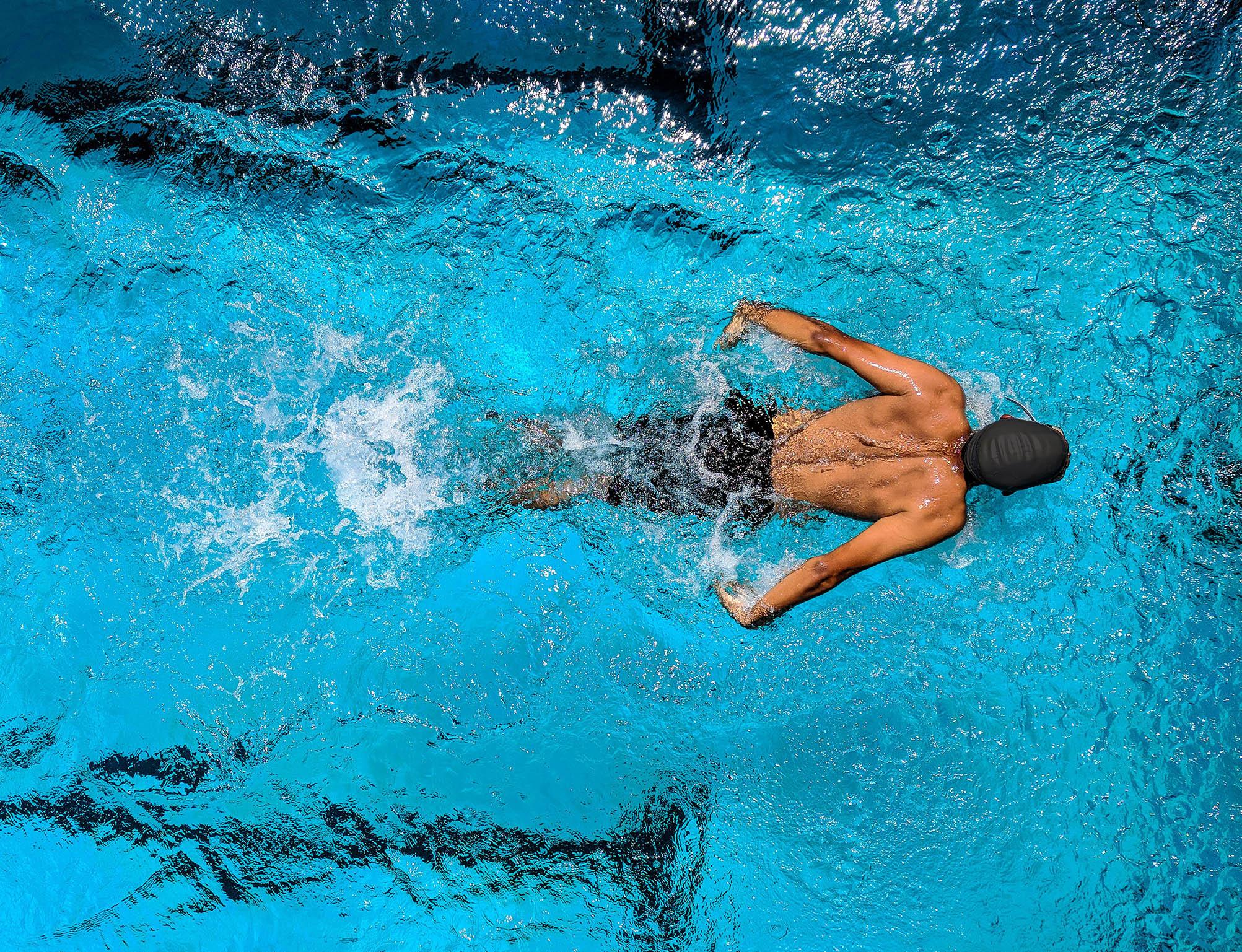Swimming is an excellent exercise that engages all major muscle groups and is considered low-impact, making it a popular choice for people of all ages and abilities. However, to optimize performance and prevent injury, it is essential to understand the biomechanics of swimming. Biomechanical analysis of swimming can be performed using inertial sensors, which are small devices that measure acceleration and rotation.
Inertial sensors can be attached to various parts of the body, including the head, trunk, arms, and legs, to collect data on the swimmer’s movements. This data can be used to analyze stroke technique, body position, and other factors that affect swimming performance. For example, the data can be used to identify areas where the swimmer is losing efficiency and make adjustments to improve technique.
One of the most significant benefits of using inertial sensors for biomechanical analysis of swimming is that it allows for real-time feedback. Coaches and swimmers can see the data immediately and make adjustments on the spot, rather than waiting for video analysis or other post-swim feedback.
In conclusion, biomechanical analysis of swimming using inertial sensors is an effective way to optimize performance and prevent injury. By analyzing data on stroke technique, body position, and other factors, swimmers and coaches can make adjustments in real-time and improve their overall performance in the pool.
